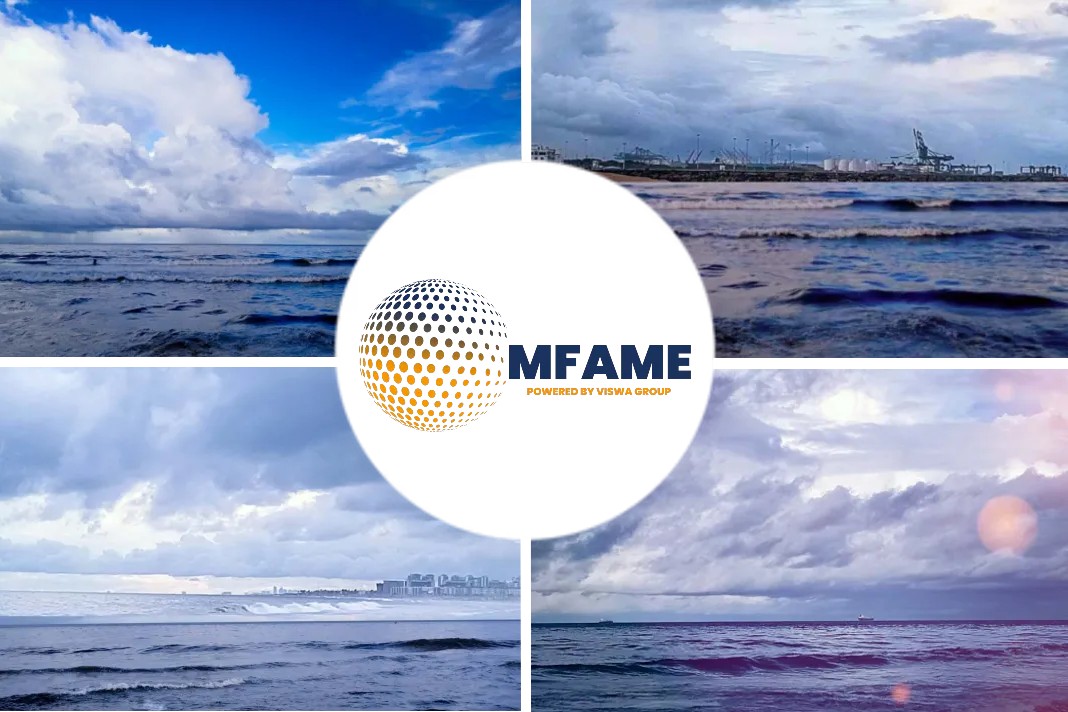Today’s high sulphur to low sulphur fuel oil spread would yield savings of $700,000 to a shipowner taking a US crude cargo to Asia-Pacific on a scrubber-fitted very large crude carrier (VLCC), writes Nicholas Watt in an article published in Argus Media.
Less Hypothetical Situation?
The scenario is becoming less of a hypothetical as VLCC fixtures concluded in the US today are for loading after the 1 January implementation of the International Maritime Organization (IMO) 2020 regulation that lowers the sulphur cap on shipping emissions to 0.5pc.
US crude exports to Asia so far this year have reached 1.03mn b/d, according to oil analytics firm Vortexa, the equivalent to one VLCC every other day.
The IMO 2020 rules require vessels to reduce emissions to equal those of fuels with 0.5pc sulphur, down from the current 3.5pc sulphur standard. Some vessel operators are installing exhaust systems, called scrubbers, rather than using lower sulphur fuels.
Scrubber Lesser Bunker Bill?
A shipowner with a scrubber-fitted VLCC would pay a bunker bill for such a one-way voyage of about $1.31mn, compared with $2.01mn or $2.13mn for a non-scrubber fitted VLCC, depending on whether the type of IMO 2020-compliant fuel used is 0.5pc sulphur fuel or marine gasoil (MGO).
The calculation assumes the 9 December Argus-assessed price in Houston for high sulphur bunkers of $367.50/t, 0.5pc sulphur bunkers at $562/t, and MGO at $597.50/t. It also assumes VLCC fuel consumption of 70 t/d at a speed of 13 knots and a route from Corpus Christi, Texas to Yosu, South Korea under the Cape of Good Hope.
The bunkers-related savings afforded on the same route for a medium range (MR) tanker would be around $250,000, roughly a third the savings for the VLCC. This helps explain why the scrubber uptake was disproportionately higher among larger vessels that consume fuel at higher rates.
Trade Sanctions Backdrop
The bunker savings on the US-Asia VLCC route come against the backdrop of VLCC freight rates that have been elevated by trade sanctions and seasonality. Argus currently assesses the US Gulf coast-South Korea VLCC route at $11mn lump sum, which means bunker costs are 12pc to 18pc of the cost of freight, depending on the type of fuel.
Recouping Scrubber Investments
Some 3,000 vessels, including many VLCCs, are expected to be fitted with engine exhaust scrubbers that will allow the ships to continue burning cheaper, high sulphur fuel. The scrubber-related cost savings will help shipowners recoup their investment in scrubbers. Shipping consultancy Cleaves says installing a scrubber on a VLCC costs about $6.6mn, including lost earnings from a 40-day installation window.
Did you subscribe to our daily newsletter?
It’s Free! Click here to Subscribe!
Source: Argus Media



















